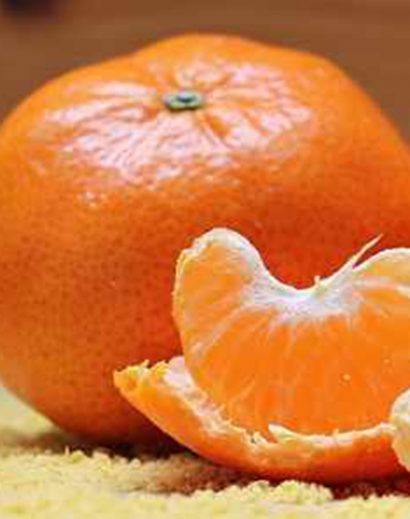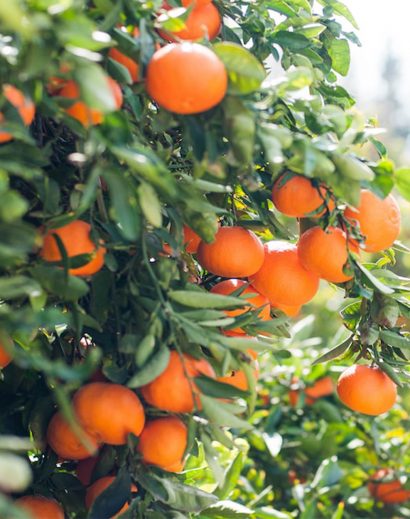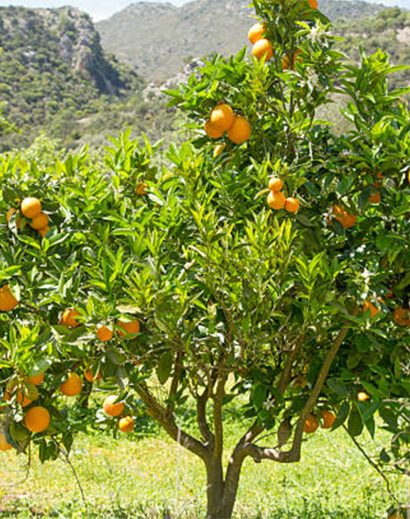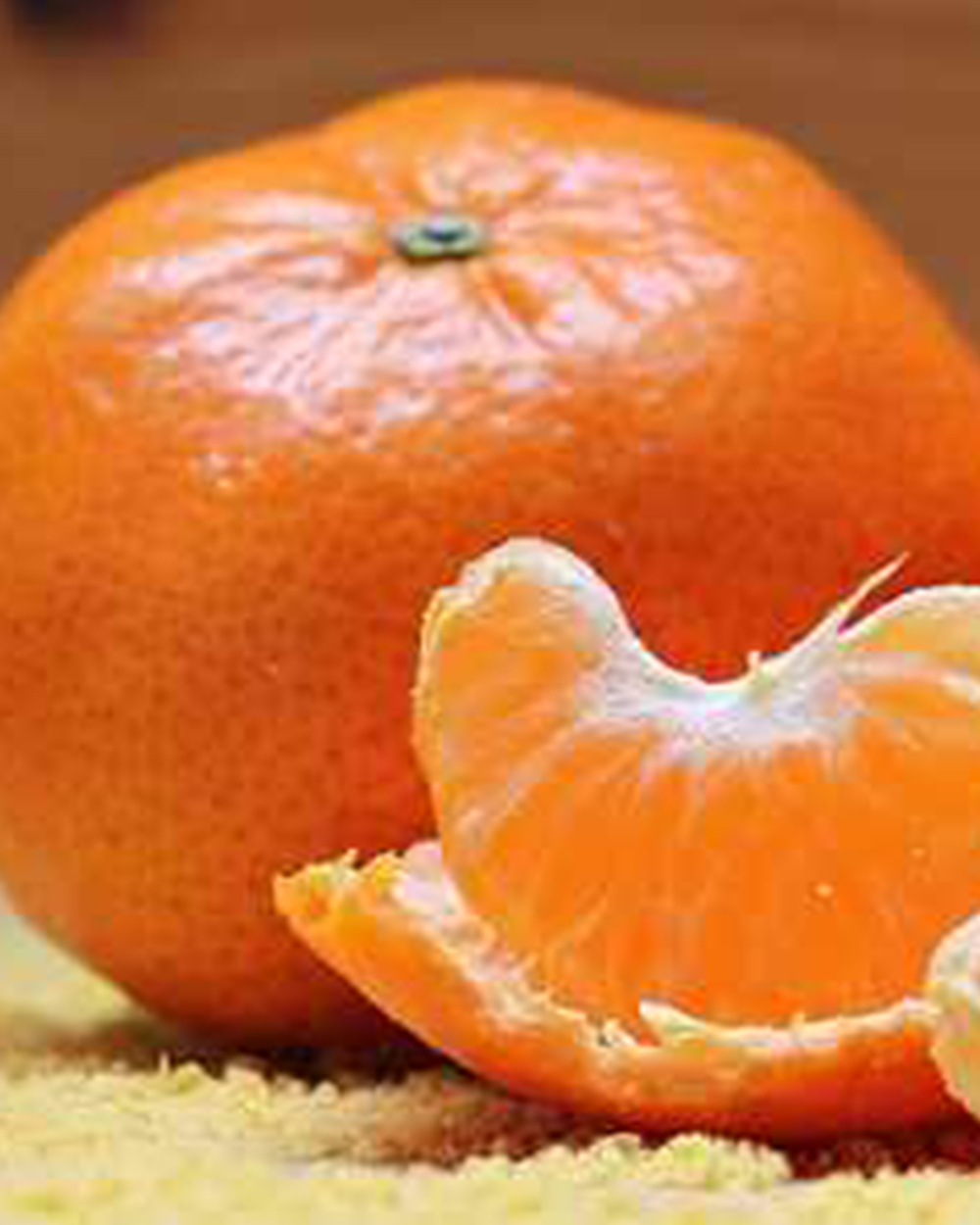A tangerine tree, also known as a mandarin orange tree, is a small evergreen tree that belongs to the Citrus genus. Tangerines are a type of citrus fruit that is closely related to oranges. They are known for their sweet and tangy flavor, as well as their bright orange color. Tangerine trees are popular in many parts of the world for their delicious fruit.
Here are some key characteristics of tangerine trees:
- Appearance: Tangerine trees are typically small, reaching a height of 10 to 20 feet (3 to 6 meters). They have glossy, dark green leaves and fragrant white flowers.
- Fruit: Tangerine trees produce small to medium-sized, round or oval fruits with thin, easy-to-peel skin. The fruit is usually orange in color, though some varieties may have a reddish or yellowish hue. The flesh is juicy and segmented, with a sweet and slightly tart flavor.
- Varieties: There are various cultivars and varieties of tangerines, including Clementines, Satsumas, and Honey Tangerines, each with its own unique flavor and characteristics.
- Climate: Tangerine trees thrive in subtropical to tropical climates. They prefer full sun and well-drained soil. They are sensitive to cold temperatures and may require protection or insulation in colder regions.Tangerine trees are not only valued for their fruit but also for their ornamental value in gardens and landscapes due to their attractive appearance and fragrant flowers. Growing tangerine trees can be a rewarding experience for gardeners in suitable climates.





Reviews
There are no reviews yet.